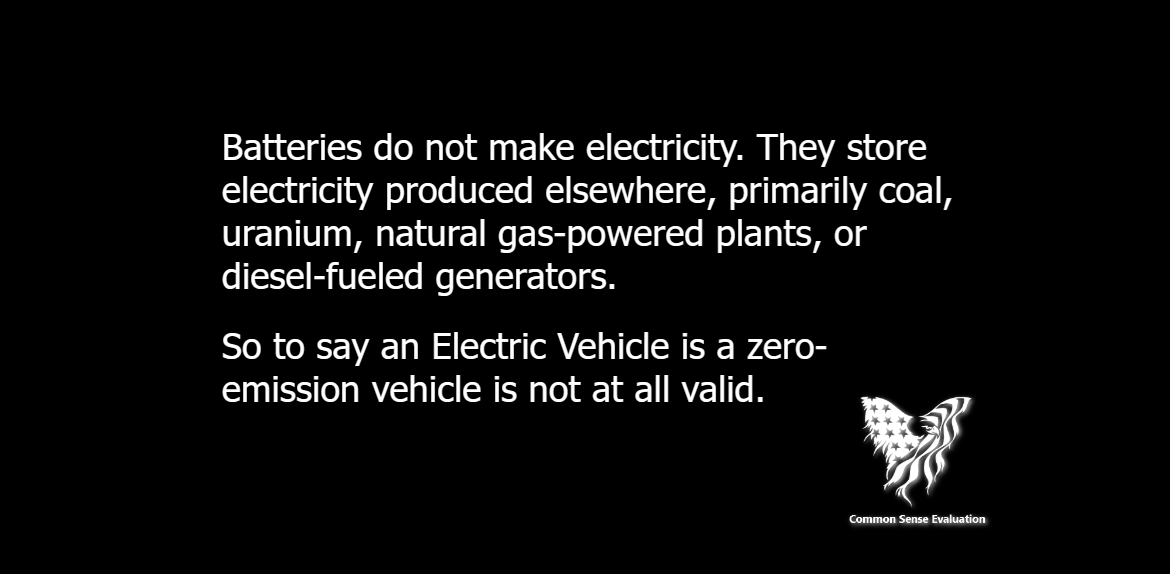Imagine thinking a cow eating grass is bad for the planet. This is like saying that fish are bad for the ocean. A cow eating grass is the planet.
Tag: Global Warming
Things That Are NOT
Things That Are NOT
The Earth is NOT overpopulated.
Climate Change is NOT man-made.
The jab is NOT a vaccine.
Hunter’s laptop is NOT Russian Disinformation.
And Joe Biden is NOT president.
The Incredible Turbine Engine: Running Cars on Unconventional Fuels
In the fascinating world of automotive innovation, there have been numerous breakthroughs that have pushed the boundaries of what we thought was possible. One such innovation took place in the 1950s and 1960s, when car manufacturers developed a turbine engine that had the remarkable ability to run on any type of fuel without requiring any modifications. To demonstrate this incredible feat, these cars were driven to different countries, powered by unconventional fuels such as tequila in Mexico and even Chanel No. 5 perfume in France. Let us look into this captivating era of automotive history and explore the development and achievements of these turbine engines.
The Turbine Engine: A Revolutionary Concept
At its core, the turbine engine is a type of internal combustion engine that operates on the principle of extracting energy from the flow of gases. Unlike conventional piston engines that rely on the reciprocating motion of pistons, turbine engines utilize a rotary design, harnessing the power of a rapidly spinning turbine to generate power. This design offers several advantages, including a high power-to-weight ratio, simplicity, and the ability to run on a wide variety of fuels.
Running on Any Type of Fuel
One of the most remarkable aspects of the turbine engine developed in the 1950s and 1960s was its adaptability to different types of fuel. Unlike traditional engines that require specific fuel types or modifications to run properly, these turbine engines were designed to work seamlessly with a wide range of fuels. This versatility opened up new possibilities for exploration and experimentation.
The Tequila-Powered Journey to Mexico
To showcase the turbine engine’s incredible flexibility, a daring and unconventional journey was undertaken. A turbine-powered car embarked on a memorable road trip to Mexico, fueled by an unexpected source: tequila. This bold demonstration captured the imagination of car enthusiasts and the public alike. By using tequila as fuel, the manufacturers proved that their turbine engine could run efficiently and effectively on unconventional sources of energy.
The Pioneering Journey to France: Powered by Chanel No. 5
Following the success of the tequila-powered adventure, the turbine engine’s capabilities were further highlighted with another audacious endeavor. This time, the destination was France, and the fuel of choice was none other than Chanel No. 5 perfume. This unexpected choice of fuel showcased the engine’s remarkable ability to run on even the most unconventional substances. The car’s journey through the streets of France, powered by the iconic fragrance, captivated the attention of people worldwide, making it an unforgettable moment in automotive history.
The Legacy and Impact
While the turbine engine’s ability to run on any fuel without modification was undeniably impressive, challenges remained that prevented its widespread adoption. Issues such as high fuel consumption and relatively low efficiency limited its practicality for everyday use. Additionally, the refinement of piston engines and the subsequent advancements in fuel efficiency and emissions control diverted attention from further developing turbine engines for mainstream applications.
Nonetheless, the pioneering work carried out by car manufacturers during the 1950s and 1960s laid the groundwork for future advancements in engine technology. The turbine engine’s adaptability to different fuel sources inspired researchers and engineers to explore alternative energy solutions, leading to the development of more efficient and environmentally friendly engines in the years that followed.
Conclusion
The 1950s and 1960s marked a period of remarkable innovation in the automotive industry. During this time, car manufacturers developed turbine engines capable of running on any type of fuel without requiring modification. These engines astounded the world as cars powered by unconventional sources like tequila and Chanel No. 5 perfume embarked on incredible journeys. While the turbine engine’s practicality for everyday use was limited, its legacy lives on as a testament to human ingenuity and the pursuit of engineering excellence. The pioneering spirit of this era continues to inspire future advancements in automotive technology, driving us towards a more sustainable and efficient future.




